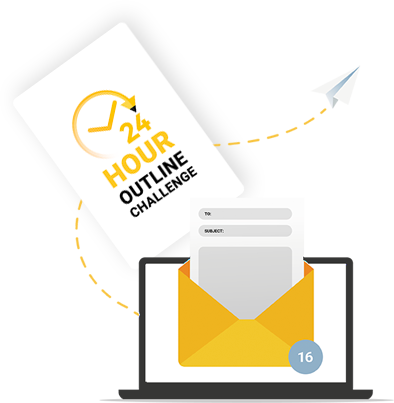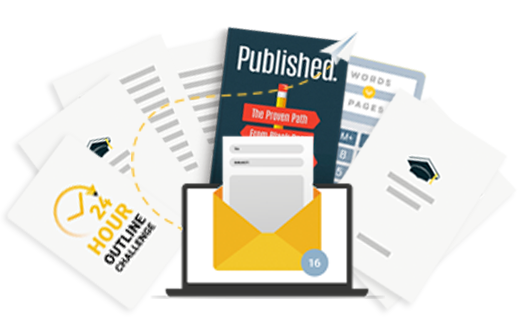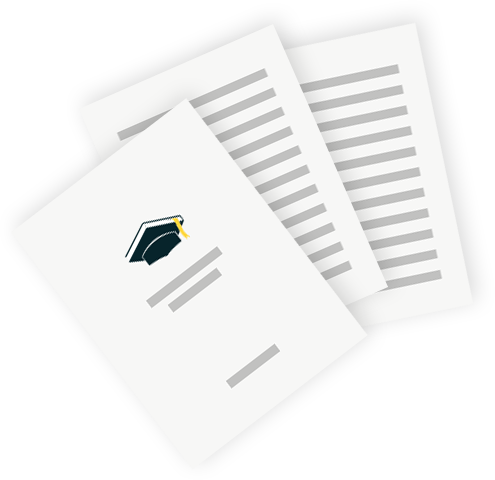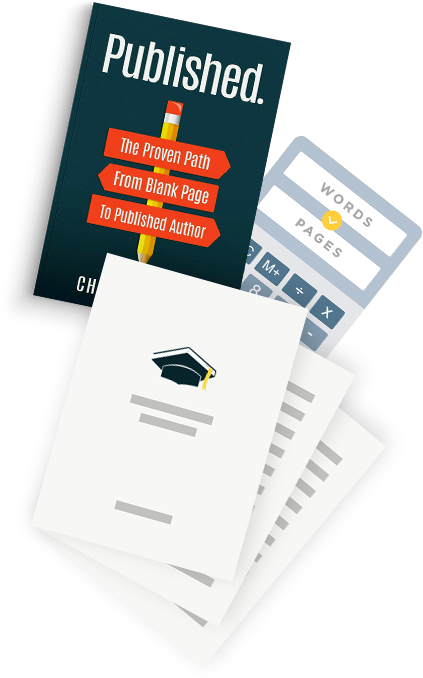Making a book isn’t as complex as it seems. While it does take skill, it mostly takes the right method to get it right.
What if you could have that method at your disposal right now?
That’s exactly what have for you. Our steps for how to make a book are easy to follow, straight to the point, and effective at producing a bestselling book.
So let’s make a book!
If you’ve authored an eBook, you may be interested in printing paperback books—either to keep for yourself or to sell.
Luckily, we’ve got great news: the process of how to make a book isn’t as challenging as you might think. And, we’re here to walk you through the process.
Here are our steps for how to make a book:
- Define the reason for making a book
- Write an amazing book
- Decide your book’s distribution channel
- Determine the cost of making a book
- Decide your book’s contents
- Design a book cover
- Format your book properly
- Upload your book to a distribution channel
- Self-publish after making a book
How to Make a Book That Has Bestseller Quality
Going from book idea to holding a real book in your hand can change everything. It’s usually the moment when a writer feels like a true author.
We’ll cover the steps for making a high-quality book you can really be proud of.
#1 – Define Your Why
The first step to making a book is to ask yourself why? There are several valid reasons for writing a book.
First and foremost, because you want to! You put the blood, sweat, and tears into authoring a book. Now you want tangible proof that you can see, carry around, and display on your bookshelf.
That’s a good enough reason!
Some authors, especially those who identify as non-fiction experts, find that paperbacks serve as glorified business cards.
These copies are especially useful for speaking engagements or professional development events, such as conferences or continuing education courses.
Passing out free books to interested readers is a terrific way to build a solid fan base as well as spread the word that you’re an author.
If you elect to sell your books at events, you can recoup some of your costs and potentially even turn a profit.
Using your printed book to generate leads and make network connections is never a bad idea. If your book genre lends itself to this type of network development, then definitely go for it.
#2 – Write an amazing book
Writing a book is about a lot more than just throwing your ideas on paper and hoping they stick.
It takes skill, knowledge, and a strategy to make sure it’s done and done well.
Here are some steps to writing a great book the first time:
- Determine what you want to write about by perusing writing prompts
- Create a book outline you can work from to finish faster
- Find a writing software to help you write more efficiently
- Learn how many words should be in your book for your genre
- Start writing your book by crafting a strong introduction
- Make sure you have all the necessary parts of a book for your genre
- Develop a writing routine that will help you write your book faster
- Focus on writing daily to finish your draft!
- Celebrate a job well done—and a finished book!
Writing a novel is no easy feat! Make sure to take your time but commit to a deadline that will keep you moving toward progress every day.
This writing schedule should be realistic but difficult enough to require regular progress to achieve.
Below is a video tutorial for writing a great book very quickly, which is one of our specialties.
#3 – Decide your book’s distribution channel
Not every distribution channel is the same. When you’re making a book, you have to think about who is going to print this book.
What’s the best company for printing books?
You may have heard that Createspace was bought out by Amazon, meaning KDP now prints your books.
Since there is really only one other major book printer for self-published authors, the big question everyone has on their mind is:
Amazon or Ingramspark?
Since you’ll already be familiar with Amazon from uploading the Kindle version of your book, it may seem like KDP paperback publishing is the easy choice.
But that’s not necessarily true, at least not yet.
At Self-Publishing School, we recommend you choose a means of making your book that best fits what you want.
There are pros and cons to using Ingramspark versus Amazon that you have to consider.
Here’s a list of what Ingramspark has to offer with their different packages for making a book:
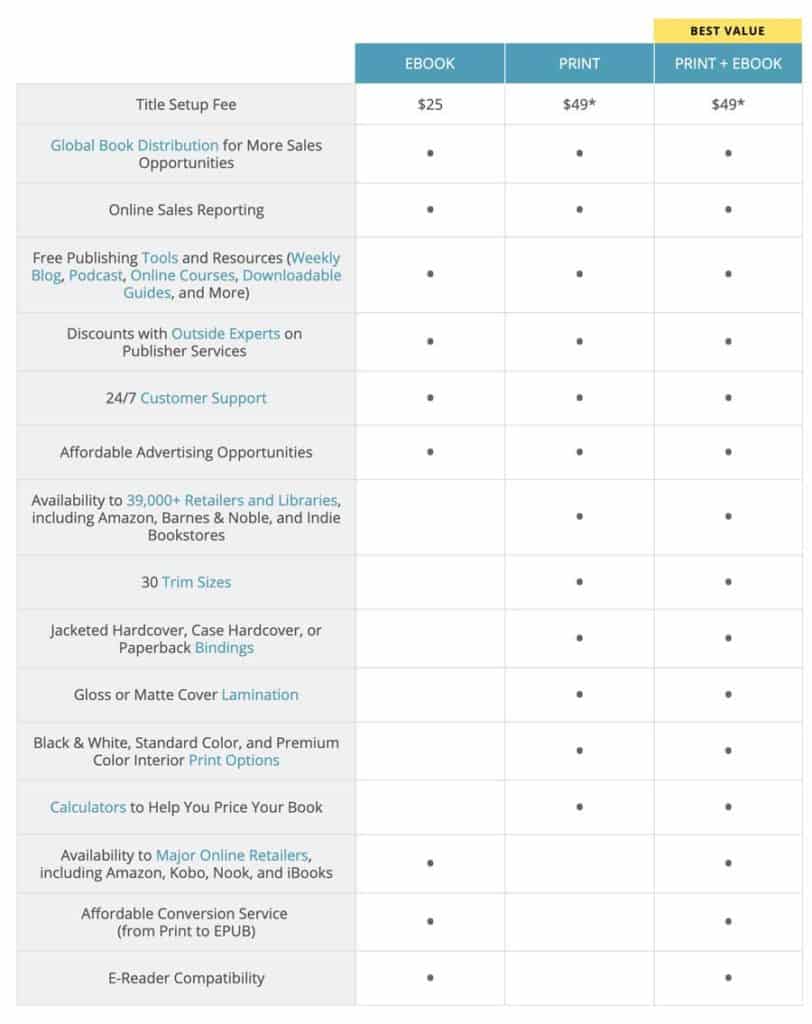
Both Amazon and Ingramspark print your books and distribute them on Amazon. Meaning, they sell those books on Amazon without you as the middleman. They’re direct sale-to-print and they ship out from their warehouses.
That being said, they don’t offer the same perks.
For example, Ingramspark actually prints hardback copies of your book, where Amazon only prints paperback copies.
#4 – Cost to make a book
Making a book (especially as an indie or self-published author) requires getting your book cover design, formatting, and editing completed on your own dime.
We call this process: book production.
All of this is absolutely necessary if you want to compete with the traditionally published books that are available to buy (either in-store or online).
This can add to the costs of actually making a book in the first place.
So how much does it cost to make a book and go through book production?
The truth is that there are several factors that add to the cost of making a book, and it depends on the prices others charge for the necessary services we covered above.
Here are some expenses for making a book:
- hiring a book editor
- hiring a cover designer
- any ads or marketing services you want to include
- book formatting
- time spent in the writing, marketing, and publishing phases
If you’re basing your decision strictly on revenue, then you’ll want to think about it before heading down the printing path.
Paperback can be costly to produce if you’re not sure what you’re doing, which is why we created a program to help you avoid those expensive mistakes.
Luckily with Amazon and Ingramspark, they take care of the cost upfront, but they will take a higher percentage of your revenue to make up for the printing cost.
This means you won’t make as much money off the sales of a paperback or hardback as you would with an e-book.
The type of book you want to make will determine how much you actually make per book:
Ebook:
most profitable
Paperback:
a little less profitable
Hardback:
least profitable
We’ve often seen that the most lucrative path for e-authors is the combination of a Kindle eBook and an audiobook.
If your goal is to make a living writing books, and you have to choose between the two, then consider pursuing an audiobook over a paperback. (Although funding an audiobook can be pricey, and you are responsible for that upfront cost, so do the math!)
#5 – Determine your book’s contents
You’ve given it some thought and considered the factors above, and you’ve decided that you do want to print paperback copies of your book. Before you take the next step, it’s important to dot your “i’s” and cross your “t’s” by figuring out your book’s contents.
Run through our pro-developed, pre-printing checklist to make sure you’ve checked all the appropriate boxes of making a book:
- Choose the size of your book
- Decide on black & white or color (Note: The prices may vary)
- Price your book properly (which we cover in our book launch post)
- Create a rough concept for your covers
- Decide whether to outsource your cover graphics and design
- Write your author bio for the back or inside cover
- Pick your author headshot for the back or inside cover
- Pick the reviews you want to include
- Pick your spine design and layout
- Decide whether to outsource the interior formatting
- Work out an interior layout—from fonts to chapters to margins
Once you have the above checklist of making a book complete, you can move on to the next and one of the most exciting parts…
#5 – Your Cover Design
The next step on the road to printing your masterpiece is to design a good book cover.
Ok, that’s a lot of pressure, but you should aim for at least a Barnes & Noble-worthy design.
Meeting with a designer can help you verbalize and align on your creative aesthetic and vision, resulting in actionable suggestions.
Here at Self-Publishing School, we provide our students with a Rolodex of SPS-Approved cover designers we know and trust to produce a star-worthy cover.
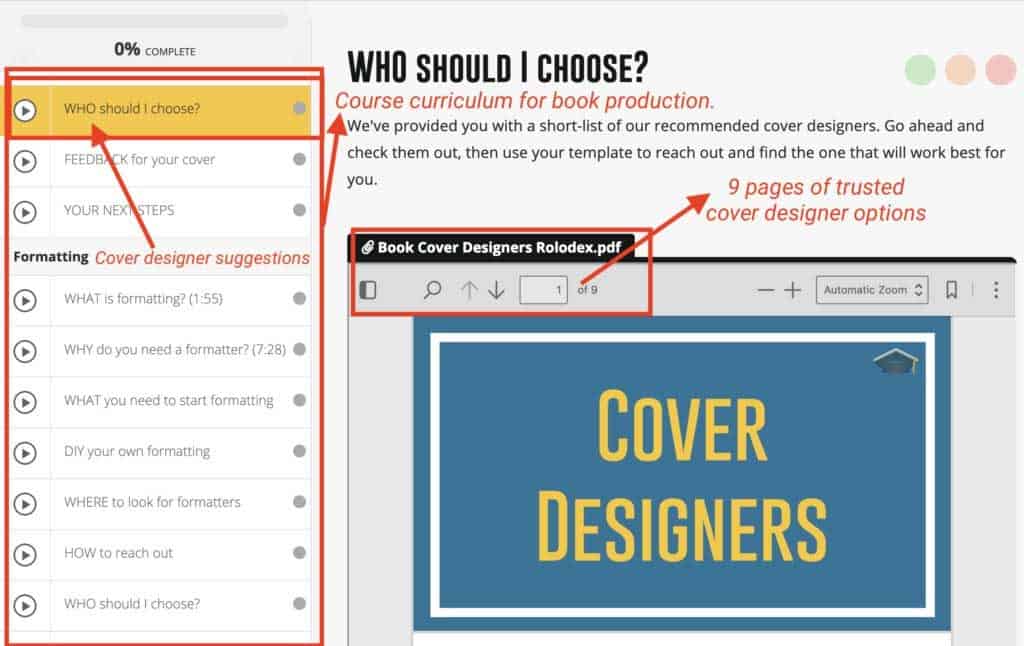
If you decide that you’d rather design your book’s exterior on your own, there are online programs that can help, although again, we highly recommend you not design your own book cover.
Here are some cheap resources you can get a book cover design:
Once you know who you want to design your book cover, you also have to think about other small details for the actual printing of your book.
Some design elements you’ll need to consider are:
- whether or not you’ll want a matte or glossy cover
- which fonts you’d like for the title of your book, subtitles, and body
- the design of your book’s spine
Typically, books with less than 101 pages should have a completely blank spine, due to space restrictions. Books with more than 101 pages have room for a title on the spine.
You know that, of course, your book will need a front cover, but you shouldn’t neglect your book’s rear. In addition to the cover art and fonts, you’ll need to create a back cover design.
Most back covers provide a brief description of the book, an author headshot alongside a quick bio, and an optional barcode and ISBN placement.
#6 – Format your book
Formatting your book pages is a finicky, technical process.
For this reason, many authors say that outsourcing this chore to a professional book formatter is well worth the cost. Page margins, titles and subheading, and fonts are all tough to layout properly.
Handing this over to a pro can save you a big headache.
Moreover, at the end of the book making process, a good formatter will give you an archival quality product.
There are major differences in book formatting between fiction and nonfiction you have to take into account as well (though if you hire someone, they will know this).
Here’s an example of a fiction book formatting from Jenna Moreci’s The Savior’s Champion:
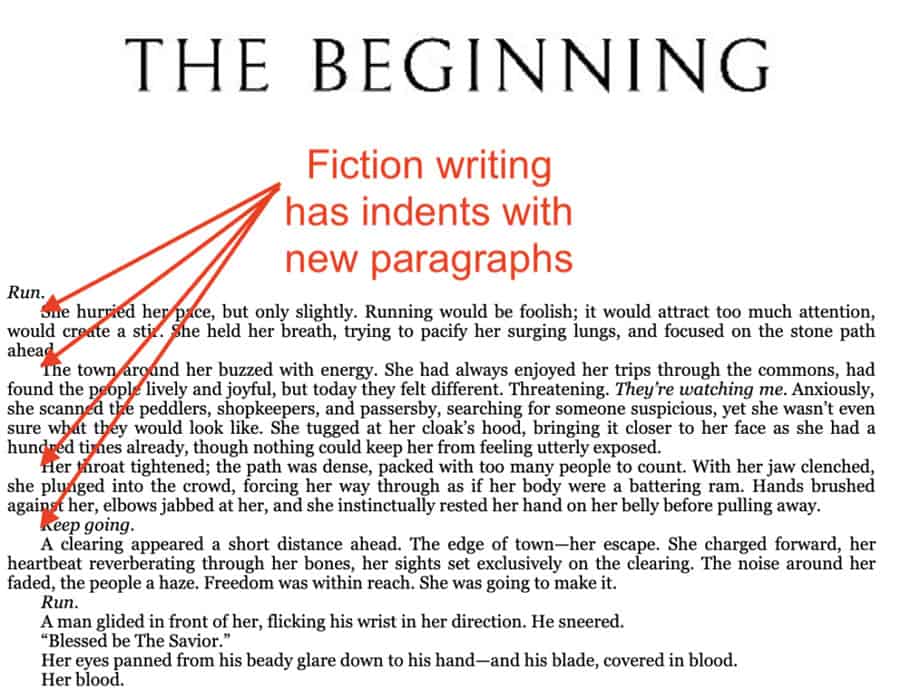
This is the difference with many (not all) nonfiction book formats from Chandler’s Bolt’s Published.:
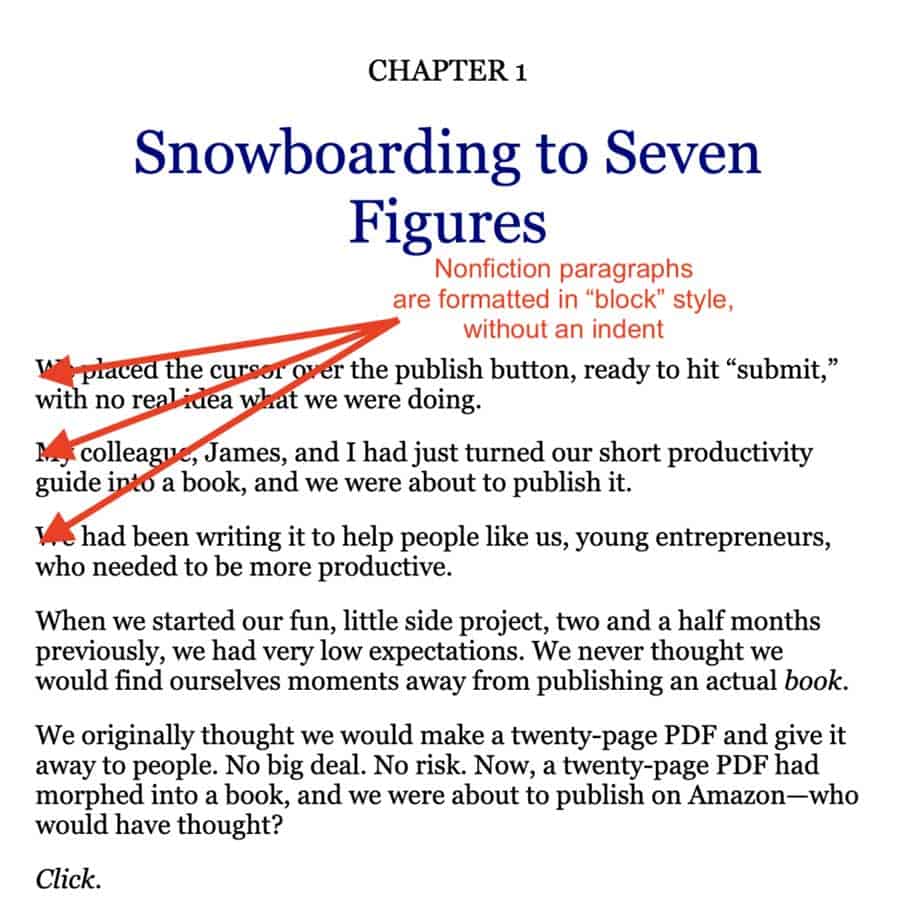
If you do decide to tackle the interior formatting yourself, then there are programs that can make the process simpler. Word has downloadable templates to make the work easier.
These formats vary, depending on how many pages your book has. Make sure to experiment with multiple formats to help you decide which works best for your specific layout needs.
#7 – Upload your book to Amazon
Once you’ve created your printed book, the next step is to find your fulfillment house.
There are many options available. Fulfillment houses pack and ship, and provide customer service for your books. We tend to overwhelmingly recommend publishing on Amazon.
Their services are user-friendly and simple to follow.
This works the best, as you can curb the costs of printing more than the number of copies you need because of Amazon’s print-on-demand.
There are multitudes of resources out there for learning how to. make a book. Whether you want to sell your printed books, use them as pro book marketing tools, or simply admire how lovely they look gracing your bookcase, realize that with a few easy steps, you can create your own beautiful paperback version of your eBook.
